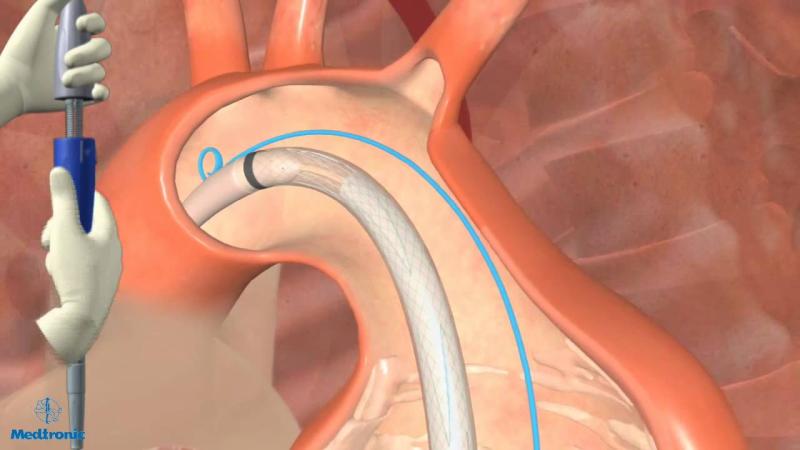Endovascular Aneurysm Repair (EVAR) has emerged as a revolutionary intervention for treating abdominal and thoracic aortic aneurysms, offering a minimally invasive alternative to conventional open surgery. This procedure involves the placement of a stent-graft within the aneurysm through small incisions in the groin arteries, allowing blood flow to bypass the weakened artery wall. Innovations in imaging, stent-graft design, and delivery systems have significantly enhanced the safety and efficacy of EVAR, reducing patient recovery time and associated complications.
Understanding the Benefits and Limitations of Endovascular Repair
Patients eligible for endovascular aneurysm repair often experience a faster return to daily activities compared to open surgical repair due to less blood loss, fewer trauma-related complications, and shorter hospital stays. The procedural approach typically involves less anesthesia, lowering perioperative risks especially for elderly or comorbid individuals. However, EVAR is not without limitations. It requires careful anatomical consideration as the placement of the stent-graft depends heavily on the morphology of the aneurysm, vessel diameter, and the condition of vascular access points.
Current Landscape and Emerging Trends in Endovascular Aneurysm Repair
The Endovascular Aneurysm Repair has experienced substantial growth driven by increasing prevalence of aortic aneurysms globally, widespread adoption of minimally invasive surgical techniques, and continuous technological advancement in stent-graft systems. Key players have been focusing on expanding product portfolios through innovation, regulatory approvals, and strategic collaborations aimed at introducing devices capable of treating complex aneurysm anatomies. Additionally, increasing awareness among healthcare providers and patients regarding the reduced morbidity associated with EVAR has accelerated its acceptance. Trends such as integration of advanced imaging modalities like 3D reconstruction during preoperative planning and intraoperative navigation are improving procedural precision. Furthermore, the development of bioengineered and drug-eluting grafts heralds a new frontier in preventing graft-related complications and enhancing durability.
Key Factors Influencing Commercial Adoption of Endovascular Repair Devices
The commercial acceptance of EVAR devices hinges on several critical factors including regulatory clearances, clinical trial results, physician training programs, and reimbursement frameworks. Minimally invasive solutions with proven efficacy and safety profiles tend to gain quicker traction, especially if they offer cost-effectiveness compared to surgical alternatives. Strategic partnerships between medical device manufacturers and healthcare institutions facilitate product dissemination and physician education, driving wider adoption. Moreover, patient preference for less invasive options plays a pivotal role in shaping demand patterns. access depends heavily on regional healthcare infrastructure and availability of skilled interventional radiologists or vascular surgeons, highlighting the importance of robust healthcare ecosystems in supporting advanced endovascular therapies.
Endovascular Aneurysm Repair continues to revolutionize vascular surgery with cutting-edge technology and expanding clinical applications, driven by innovation and growing demand for minimally invasive solutions. For those seeking extensive analyses and insights into emerging trends, detailed industry reports provide comprehensive data and forecasts to navigate this rapidly evolving therapeutic landscape.
Get This Report in Japanese Language - 血管内動脈瘤修復
Get This Report in Korean Language - 혈관내 동맥류 수술
Read More Articles Related to this Industry –
Nanofiber Applications in Medical Devices: Revolutionizing Healthcare
Camera Modules in Medical Devices: Revolutionizing Diagnostics and Treatment
About Author:
Priya Pandey is a dynamic and passionate editor with over three years of expertise in content editing and proofreading. Holding a bachelor's degree in biotechnology, Priya has a knack for making the content engaging. Her diverse portfolio includes editing documents across different industries, including food and beverages, information and technology, healthcare, chemical and materials, etc. Priya's meticulous attention to detail and commitment to excellence make her an invaluable asset in the world of content creation and refinement.
(LinkedIn- https://www.linkedin.com/in/priya-pandey-8417a8173/)
